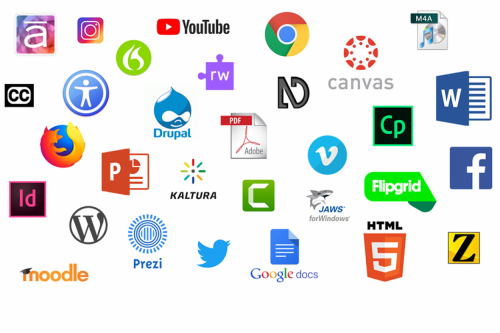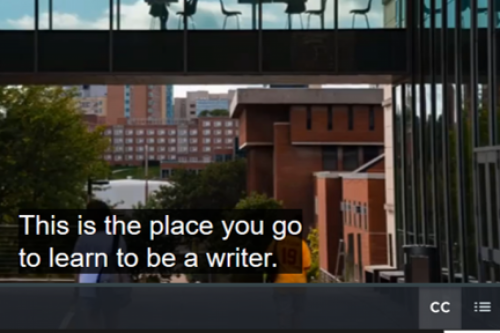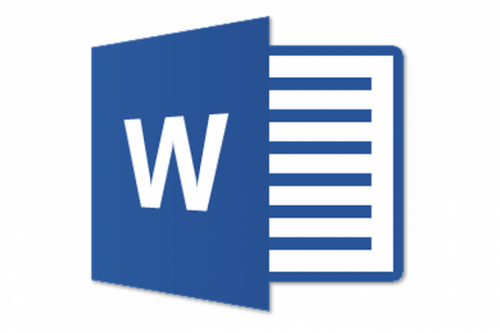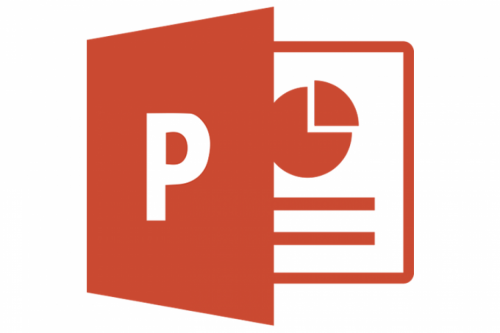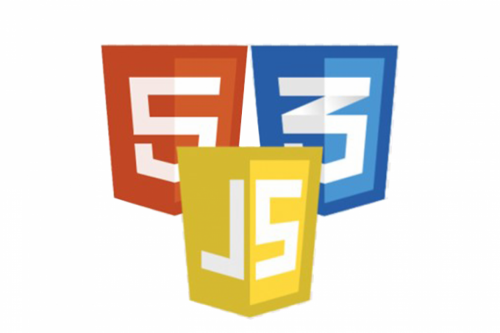The IT Accessibility Group offers support for units that wish to provide real-time captions for Zoom meetings. Before requesting captioning support, please review the Zoom Captioning Facts below:
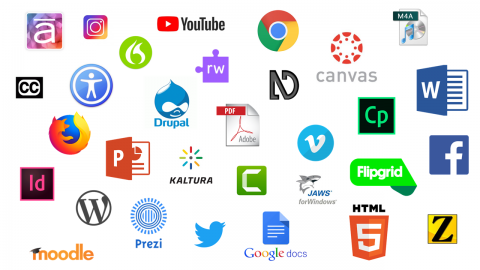

Accessibility 101: Accessibility and Online Immersion is intended as a resource for instructors and others who need to design, build, adapt, or migrate courses or business practices for online delivery. The goal of this site is not to offer a comprehensive guide to teaching and working online, but to offer tips, techniques, and resources to help people manage accessibility as part of their immersive online experience.
For a "checklist" view of do's and don'ts, review "Providing Accessible Online Course Materials".
If you're ready to look at the accessibility of your course documents, check out the resources in "Accessibility Guides".



